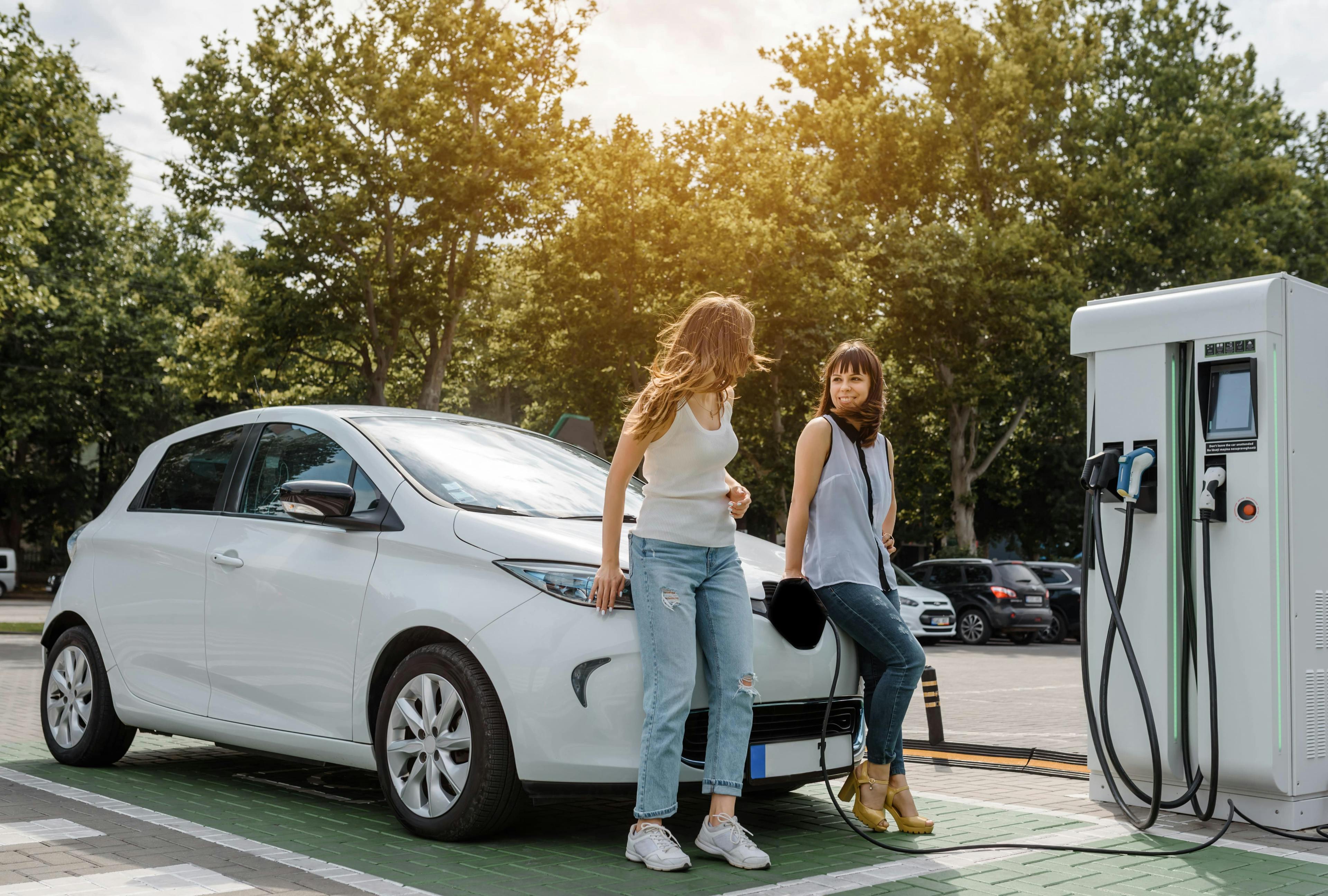
How to Boost Your EV Range Whilst Driving
Here are the things you can do to help boost your EV range.
If range anxiety is ruining your motoring experience, there are a few driving habits you can adopt to increase your EVs range.
What Affects Your EV’s Range?
There are a variety of factors that will affect your EV’s range.
-
Speed. The faster you drive, the more power the battery uses.
-
Cold weather can reduce the range of your electric car as the battery needs to work harder to maintain power.
-
Condition of the battery. Like most car parts, your battery will diminish in performance over the years. A battery which is six years old is likely to have a lower range than a brand new battery.
-
Driving up hills uses more energy than driving on a flat road.
You can buy an electric car that uses a range extender if you're worried about range.
What is the Average Range of an Electric Car?
According to our data, the average range of an electric car is 260 miles. The models with the longest range are usually the more expensive, luxury models. For example, prices for the Mercedes EQS start from £102,160 and the standard Tesla Model S costs £95,980.
How to Boost Your EV Range Whilst Driving
These tips and tricks will help you save a few miles here and there. Always recharge your battery as soon as possible once it hits 20%.
Keep an Eye on Your Speed
Even though many EVs have rather impressive top speeds, it has been found that electric cars are most efficient between 50-60 miles per hour. Staying under 60mph can help increase your range – the Department of Energy says you’ll use 14% less energy by reducing your speed by 10mph, so try and take it slow where you can.
‘Sport modes’ can increase your acceleration, so be sure to opt for ‘Eco’ mode instead.
Climate Control
Your EV works hard to keep its lithium-ion batteries cool, so when you’re blasting the heater, the car needs to work harder to keep the battery at an optimum temperature. The same goes for your air con, as it uses a certain amount of the battery which could otherwise be used towards mileage.
To avoid this, you could pre-cool or pre-heat the car whilst it is on charge, to avoid using your stored energy. Alternatively, if its warm, drive with the windows down for a gentle breeze, or layer up during the winter months to avoid having to use the heater.
Make the Most of Regenerative Braking
Regenerative braking works by using the wasted kinetic energy from the car slowing down and using it to recharge the batteries.
Some EVs can be set to maximum regeneration, so that the otherwise lost energy is used efficiently. Try to drive smoothly and avoid sudden, unnecessary braking to make the most out of this system.
Switch off Electronics You’re not Using
Your EV battery isn’t just responsible for powering the engine – it powers all the electrical features in your car. Be sure to switch off anything you’re not using.
Air conditioning and heating use more power than the radio and the windscreen wipers, for example. Even turning down the heating a small amount could help you increase your EV range.
Look After Your Tyres
Underinflated tyres can contribute to higher energy consumption. This is because underinflated tyres create more resistance, which in turn means that the battery must work harder to maintain power.
Check regularly that your tyres are inflated properly and are in good condition – driving with insufficient tread can be dangerous.
Lighten The Load
Like underinflated tyres, your battery has to work harder to maintain power if it is carrying lots of weight. Try and travel as lightly as possible by removing any unnecessary cargo or items before you set off on your journey. Be mindful of any roof boxes or bike racks you’re not using.
This will also benefit your tyres, as it will reduce tread wear.
Pre-plan Your Route
This one seems obvious, but ensure you know where you’re going and how to get there before you start your journey. There are multiple EV apps that you can use to plan your route – some of which will show you the best route to take in case you need to charge up on route.
Google Maps will also allow you to choose the most efficient route.
Look After Your EV
Hopefully this is a given but take care of your EV. Ensure that the battery is in good health and take your car for regular servicing. Drive smoothly and safely – slamming on the brakes is not only alarming, but can also use up more of your car’s energy.
Try to avoid ‘flooring it’, especially on the motorway. Smooth, gradual acceleration will help you reserve those miles, as well as reduce the changes of accidents and bumps.
Read More
Why Is My EV Making This Noise?
EV’s are famous for being silent, so you may be slightly concerned to hear it make noise. Here what all these noises mean, and if you should seek assistance from a mechanic.
Why Is My EV Taking Longer to Charge Than Usual?
It can be frustrating waiting for your EV to charge, especially if it is taking longer than usual. Here are some of the reasons that may be the case.
Here are some of the reasons your EV won’t start when you try to turn it on, and what you need to do to get back on the road.
Top EV MOT Failures and How to Avoid Them
We list some of the top reasons your EV might fail its MOT, and what you can do to prevent this from happening.